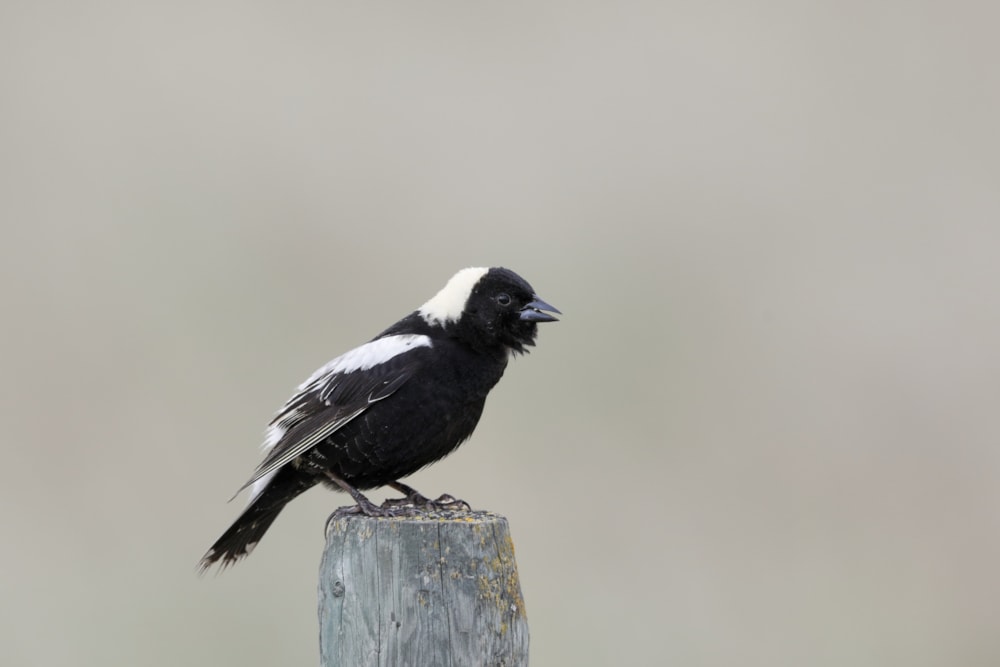Fledging behaviour – when and why baby birds leave the nest – is something scientists know very little about, as it is rare for someone to be watching a nest at just the moment that fledging happens.
To get around this, the researchers behind a new study published in The Auk: Ornithological Advances deployed miniature video cameras to monitor 206 nests belonging to 17 different grassland bird species in Alberta, North Dakota, Minnesota and Wisconsin. They found that fledglings' decision-making process is more complex than anyone guessed. Seven species comprised 86 per cent of the studied nests: Bobolink, Eastern Meadowlark, Chestnut-collared Longspur and Clay-coloured, Savannah, Song and Grasshopper Sparrows.
Christine Ribic from the US Geological Survey and her colleagues tested two competing hypotheses about fledglings' decision making. Birds might leave the nest early in the day to maximise the amount of time they have to find a safe place to hide from predators before nightfall. Alternatively, once their siblings start to leave, the remaining birds might decide to stay in the nest longer to take advantage of reduced competition for the food provided by their parents, resulting in spread out fledging times. Video data analysed by Ribic and her team showed that the more siblings in a nest, the longer it took for all of them to leave, consistent with the idea that some young may stay behind to take advantage of reduced competition. Ribic and her co-authors discovered that 20 per cent of nests took more than one day to completely finish fledging. Fledging behaviour also varied between species and over the course of the breeding season, for reasons that remain unclear.

Forty-six of the 206 nests surveyed were Bobolinks (Colin Bradshaw).
As they decide when to leave, the nestlings of grassland birds are balancing two competing demands. On the one hand, staying in the nest longer gives them more time to grow and develop before facing the risky outside world. On the other, predation risk might increase with time spent in the nest.
"It was exciting to see events naturally occurring in an area of avian biology where very little is known, and was only possible due to the use of video surveillance systems," observed Ribic. "It seems fledging is more complex than we previously thought. We were surprised by the span of time over which grassland bird species fledge, with some species starting to fledge in the early morning and others closer to noon, and by the frequency of fledgings that spanned multiple days."
TJ Benson, an expert on bird-nesting behaviour at University of Illinois who was not involved in the study, commented: "Considerable research attention has focused on the breeding biology of birds, but until recently some events have been difficult to observe. Luckily, decreases in the size and cost of video equipment have allowed researchers to study these hard-to-observe events, such as the brief moments when a predator causes a nest to fail. This study took things a step further to begin exploring the point in time when young birds fledge from the nest.
"There are relatively few existing ideas for what influences the timing of nest departure by young birds, and Ribic and her colleagues put forth an interesting idea about the potential role of food availability in influencing fledging. Use of video technology to examine nest predation has become widespread, and this paper provides a great example of the other interesting aspects of breeding biology that can be examined in such studies."
Reference
Ribic, C A, Ng, C S, Koper, N, Ellison, K, Pietz, P J, and Rugg, D J. 2018. Diel fledging patterns among grassland passerines: Relative impacts of energetics and predation risk. The Auk 135(4):1,100-1,112. DOI: https://doi.org/10.1642/AUK-17-213.1.

